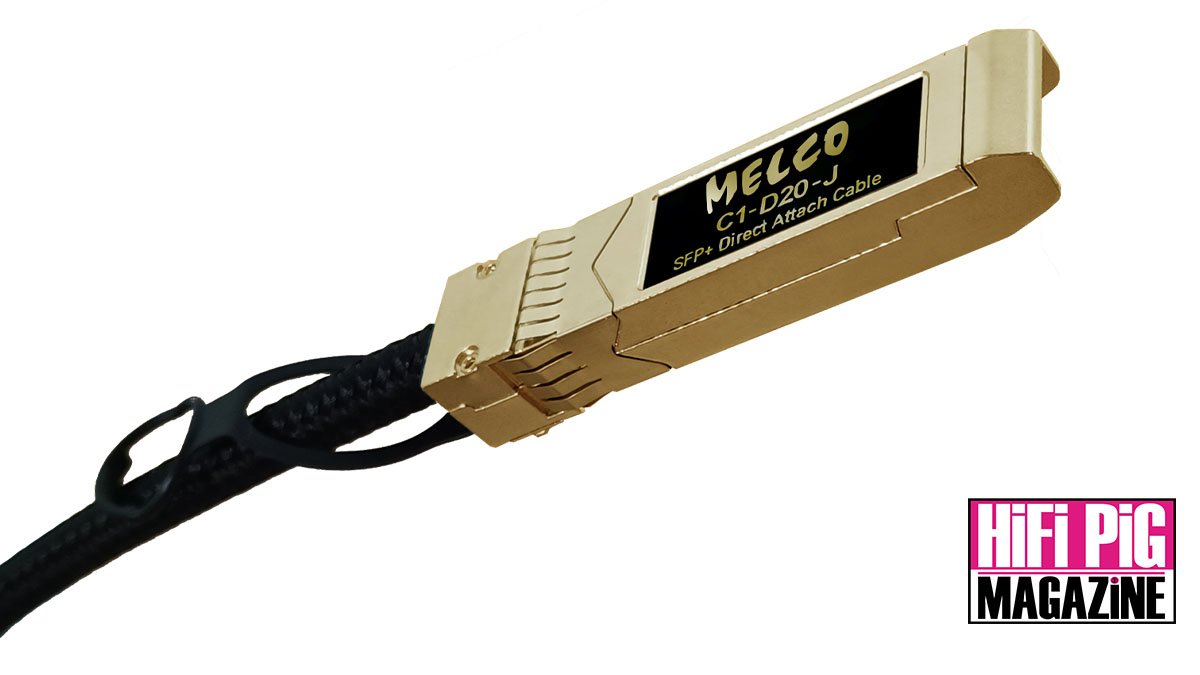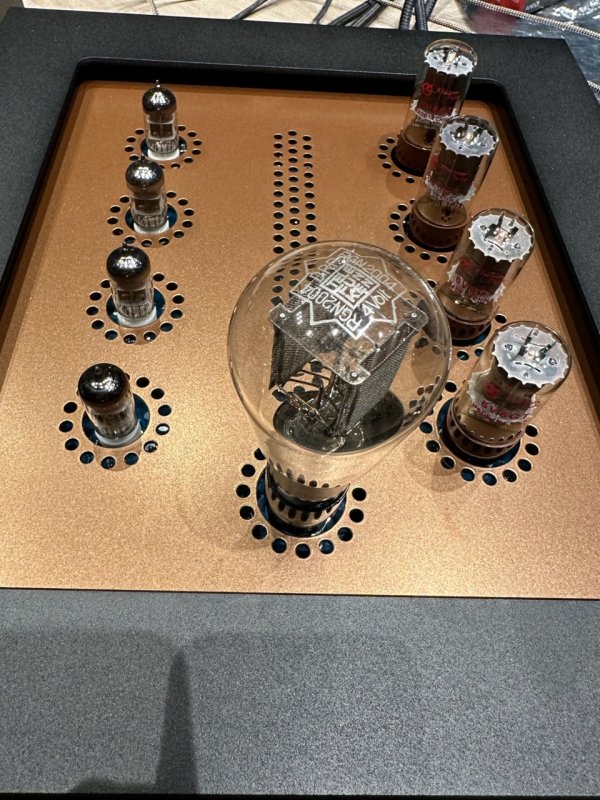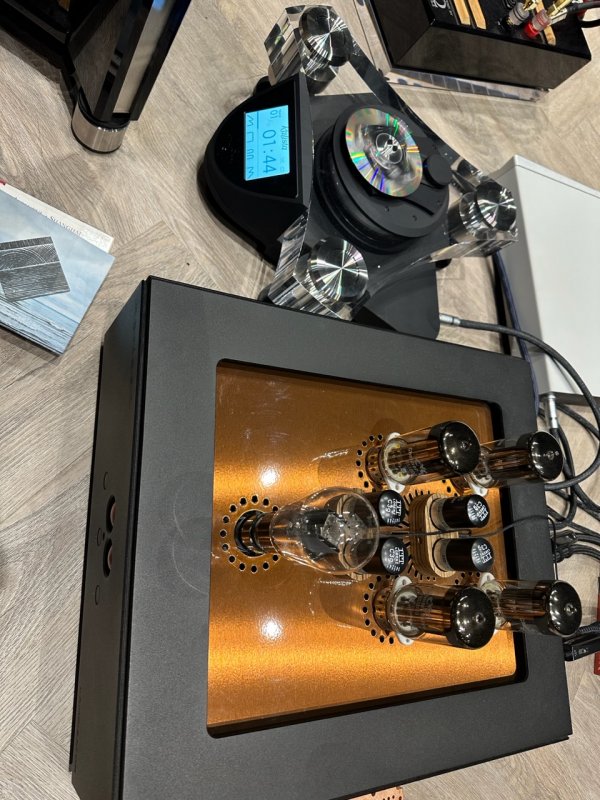Interesting you should mention that, I was just contemplating on how things have changed over the past 5 years during a quick holiday break. While the design efforts used to be around 75/25% on hardware vs the software side, nowadays that is likely more like 25/75%. A complete reversal of effort spend.
It’s obvious a lot of time and effort is spend on XDMS. However what you would designate as hardware developments, like XDMI, the Olympus server and even the BPS/BMS, are in fact dominated by software/firmware aswell.
Nowadays I consider hardware to allow a potential which needs software to be realised.
It's really interesting.
In the end, it's quite understandable, even for the philistine.
It's one of the paradigms of our technology, whatever it may be.
As soon as things start to get a bit cutting edge, it's the software that dominates.
This is the case in the automotive and aerospace industries, and even in power stations, food processing and pharmaceuticals.
It's only natural that this should also be the case in audio.
The difference is that high-end audio is a niche market. It's harder to find the resources and skills for such a small market.
But, from time to time, brilliant ideas and companies with a fresh approach emerge.
I came to Taiko Audio essentially for that very reason.
To be quite honest, at first, and from a distance, I saw the Taiko Extreme Server as a PC somewhat optimised for audio, a nice spicy thing.
Back then I was looking for a solution to use Roon.
It was when I read the forum and in particular your software approach to the problem that I was won over.
I decided then to order the Extreme Server, then the Switch, then the Router and finally the Olympus/IO XDMI

I'm really curious to see what comes next!
I hope that the XDMI interface will be adopted by the industry.
But high-end audio is a very small market.
Couldn't this type of interface/technology be exploited for mass-market audio? Or, why not, something else altogether?
Cheers,
Thomas
www.whatsbestforum.com













